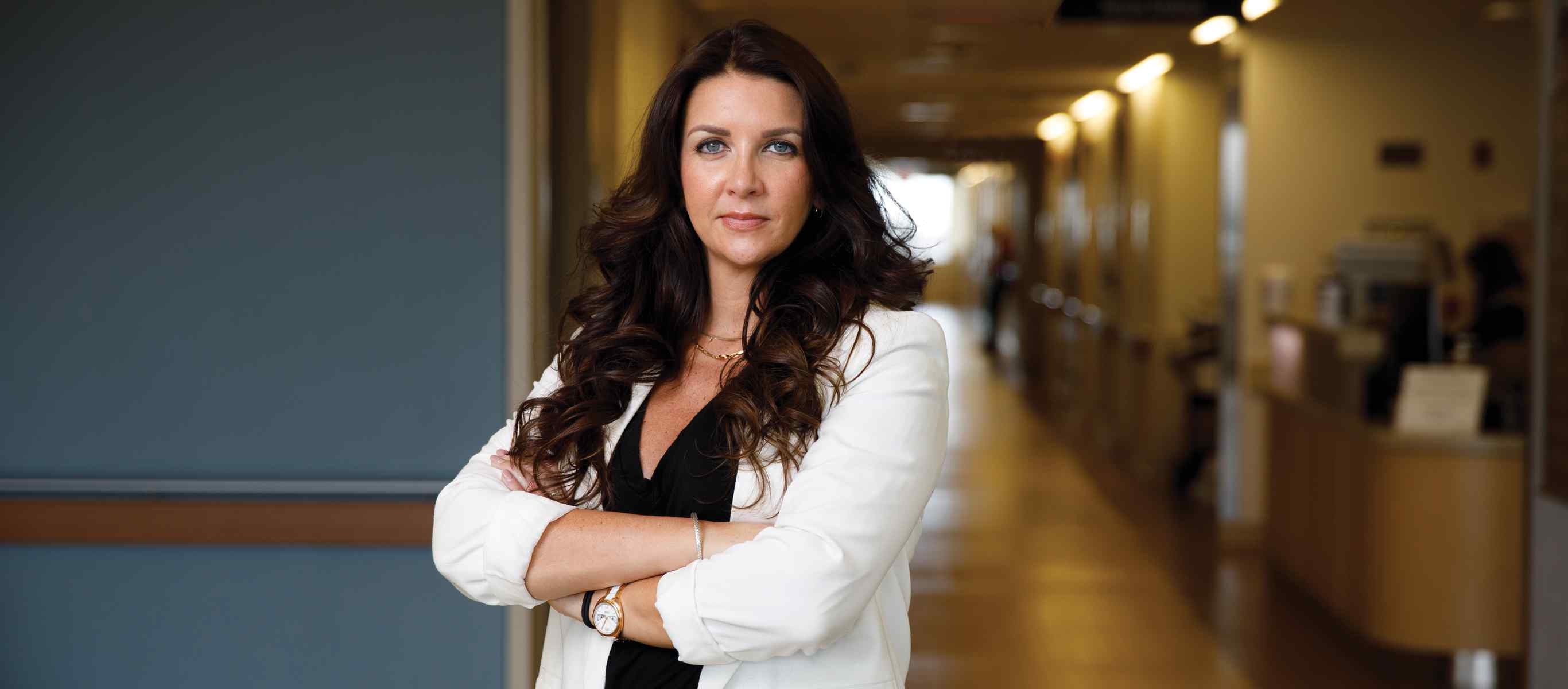
@ShahidNShah


Supported by new technology that can access more data from any location, healthcare organizations are using remote patient monitoring strategies to bring care into the home. With the healthcare industry's gradual shift to patient-centered care over the past two decades, healthcare organizations are realizing it's more effective to bring care to the patient, rather than forcing the patient to go somewhere to get care. That strategy is based on the idea that healthcare is continuous, rather than episodic, and that a care provider will learn a lot more by going to the patient to learn about lifestyle, daily routines, and habits than waiting for that visit to the doctor's office, clinic, or hospital.
Early technology was designed to attract the consumer, rather than meet clinical care needs. The devices were stylish, but they weren't accurate enough to appeal to care providers, who wanted specific and reliable data that they could use to make clinical care decisions. That changed, though, as a few forward-thinking providers and health systems realized that charting activity at home could help them influence patients to become more mindful of care management.
Continue reading at healthleadersmedia.com
In this Article, you’ll learn about: • Updates to chapter 7 of the Medicare Benefit Policy Manual (Pub. 100-02) to incorporate Calendar Year (CY) 2022’s Policy Implementation of the Notice of …
Connecting innovation decision makers to authoritative information, institutions, people and insights.
Medigy accurately delivers healthcare and technology information, news and insight from around the world.
Medigy surfaces the world's best crowdsourced health tech offerings with social interactions and peer reviews.
© 2025 Netspective Foundation, Inc. All Rights Reserved.
Built on Apr 22, 2025 at 12:57pm